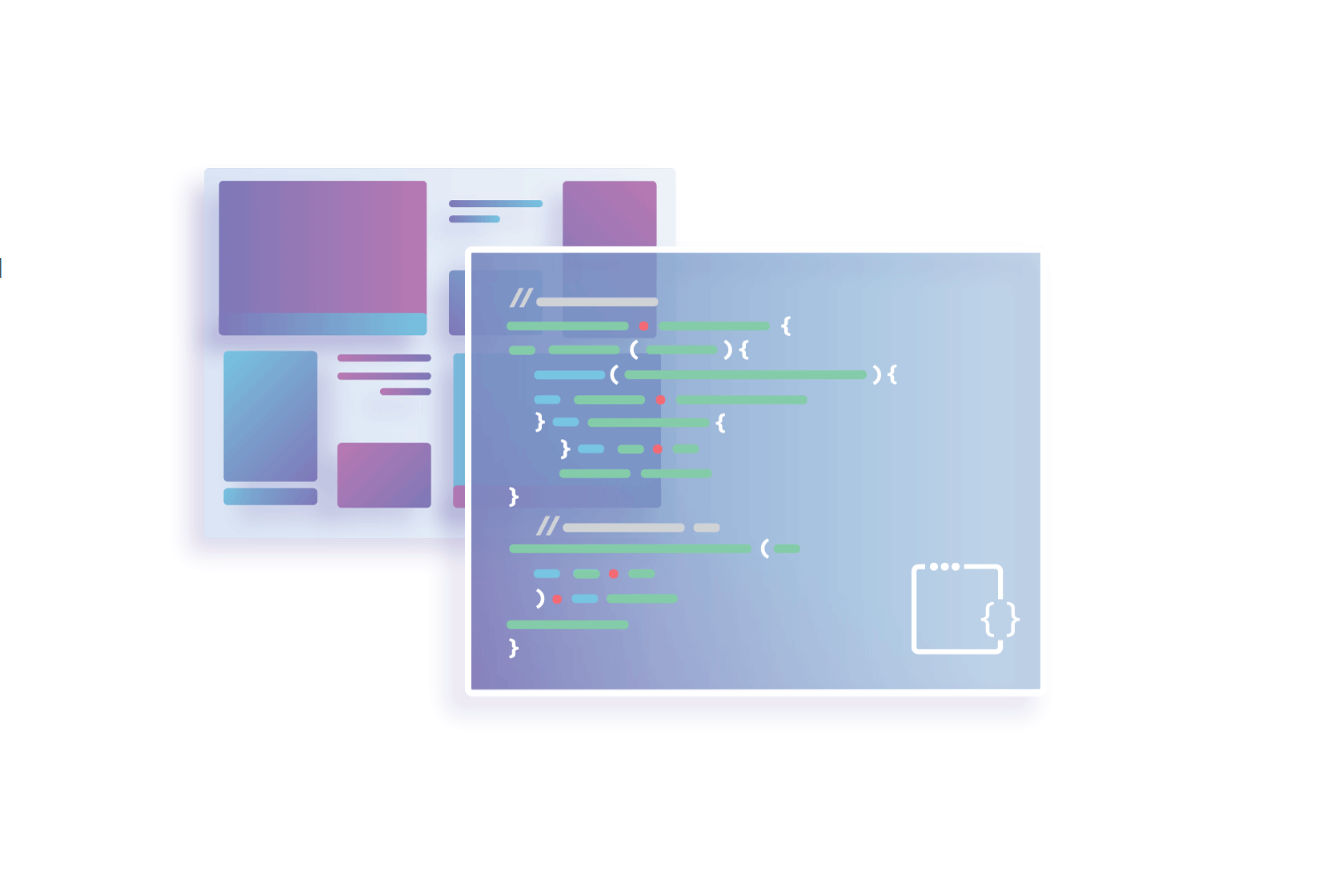Cisco Buys Silicon Photonics Company Luxtera for $660 Million
![]() Luxtera’s technology integrates high performance optics directly with silicon electronics, bringing what it calls “fiber to the chip” connectivity to speed the transfer of data between servers.
Luxtera’s technology integrates high performance optics directly with silicon electronics, bringing what it calls “fiber to the chip” connectivity to speed the transfer of data between servers.
Ericsson Bangs Microwave Drum for 5G Backhaul
 As operators roll out 5G, they need to get to grips with the thorny issue of which will be the best backhaul solution to support the higher data speeds and lower latency.
As operators roll out 5G, they need to get to grips with the thorny issue of which will be the best backhaul solution to support the higher data speeds and lower latency.
Listing TOP 5 Processes – Top command
Continuing some exploration of Pandas, I realized in networking we often has to deal with Toptalkers, I dont have any Networking Realted Top Talker IP Data as such but wanted to see if this can checked on my Laptop’s current Processes comsuming CPU and Top processes which are repeated often.
Without dragging the topic
-> Took the text file it was delimited with space (TOP Command will generally Delimit)
-> Converted to Pandas Read FWF and then converted the file to CSV
-> Used CSV to read into specific %CPU coloumn and implemented SORT function in descending order.
-> Finally Took Counter from Collections Module and implemented it on the list.
output looksl something like this
Pandas are effective and easy, I will continue to explore some functions so as to build some scripts in day to day activities.
-Rakesh
Are Telcos Secure ? Not provably, so No.

Why did we trust telco networks until now ?
The post Are Telcos Secure ? Not provably, so No. appeared first on EtherealMind.
Debunking Four Myths about Flow Data
Enriched flow data technology has greatly matured with granularity for solving network incidents, configuration issues, capacity planning, and more.
Automation, Big Data and AI
The final topic David Gee and Christoph Jaggi mentioned in their interview was big data and AI (see also: automated workflows, hygiene of network automation and network automation security):
Two other concurrent buzzwords are big data and artificial intelligence. Can they be helpful for automation?
Big Data can provide a rich pool of event-sourcing information and, as infrastructures get more complex, it’s essential that automation triggers are as accurate as possible.
Read more ...Microsoft Storage Spaces Is Hot Garbage For Parity Storage
I love parity storage. Whether it’s traditional RAID 5/6, erasure coding, raidz/raid2z, whatever. It gives you redundancy on your data without requiring double the drives that mirroring or mirroring+stripping would require.
The drawback is write performance is not as good as mirroring+stripping, but for my purposes (lots of video files, cold storage, etc.) parity is perfect.
In my primary storage array, I use double redundancy on my parity, so effectively N+2. I can lose any 2 drives without losing any data.
I had a simple Storage Spaces mirror on my Windows 10 Pro desktop which consisted of (2) 5 TB drives using ReFS. This had four problems:
- It was getting close to full
- The drives were getting old
- ReFS isn’t support anymore on Windows 10 Pro (need Windows 10 Workstation)
- Dropbox (which I use extensively) is dropping support for ReFS-based file systems.
ReFS had some nice features such as checksumming (though for data checksumming, you had to turn it on), but given the type of data I store on it, the checksumming isn’t that important (longer-lived data is stored either on Dropbox and/or my ZFS array). I do require Dropbox, so back to NTFS it is.
Real World Serverless: Serverless Use Cases and Best Practices

Cloudflare Workers has had a very busy 2018. Throughout the year, Workers moved from beta to general availability, continued to expand its footprint as Cloudflare grew to 155 locations, and added new features and services to help developers create increasingly advanced applications.
To cap off 2018 we decided hit the road (and then head to the airport) with our Real World Serverless event series in San Francisco, Austin, London, Singapore, Sydney, and Melbourne. It was a great time sharing serverless application development insights we’ve discovered over the past year as well as demonstrating how to build applications with new services like our key value store, Cloudflare Workers KV.
Below is a recording from our Singapore Real World Serverless event. It included three talks about Serverless technology featuring Tim Obezuk, Stanley Tan, and Remy Guercio from Cloudflare. They spoke about the fundamentals of serverless technology, twelve factors of serverless application development, and achieving no ops at scale with network-based serverless.
If you’d like to join us in person to talk about serverless, we’ll be announcing 2019 event locations starting in the new year.
About the talks
Fundamentals of Serverless Technology - Tim Obezuk (0:00-13:56)
Tim explores the anatomy of Continue reading
GE Spins Off Its Digital Business, Including Predix, Into a Separate Company
 GE Digital CEO Bill Ruh departs the company "to pursue other opportunities."
GE Digital CEO Bill Ruh departs the company "to pursue other opportunities."
AT&T’s Extensive SDN Plans Pave Way for 5G
 AT&T CTO Andre Fuetsch said the carrier is at 63 percent SDN control of its network operations that can be virtualized, pushing toward its goal of 65 percent control by year-end.
AT&T CTO Andre Fuetsch said the carrier is at 63 percent SDN control of its network operations that can be virtualized, pushing toward its goal of 65 percent control by year-end.

